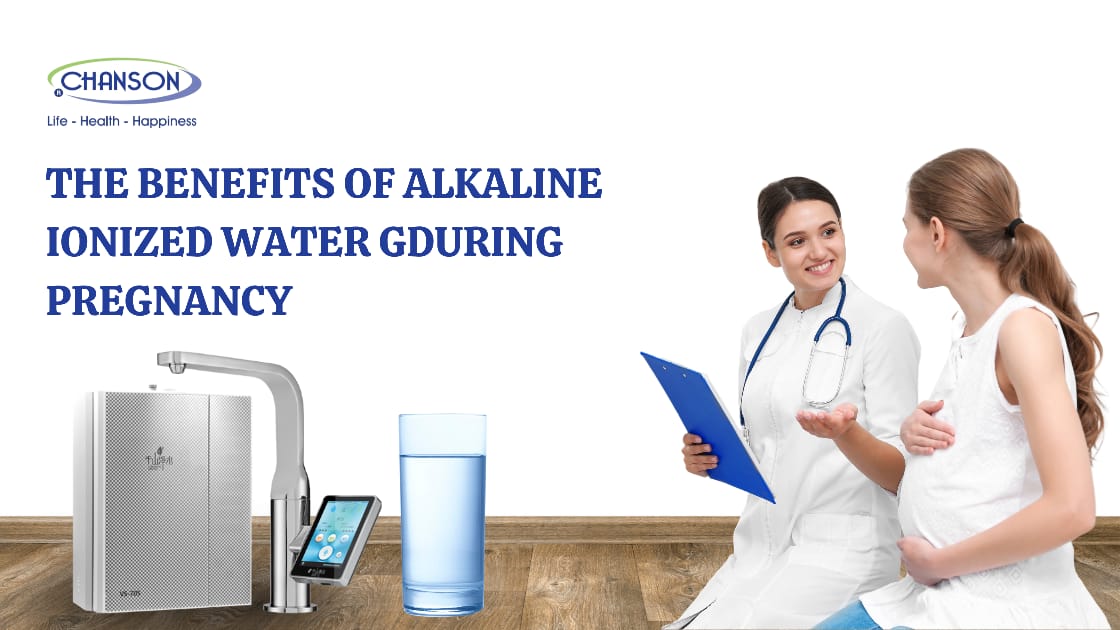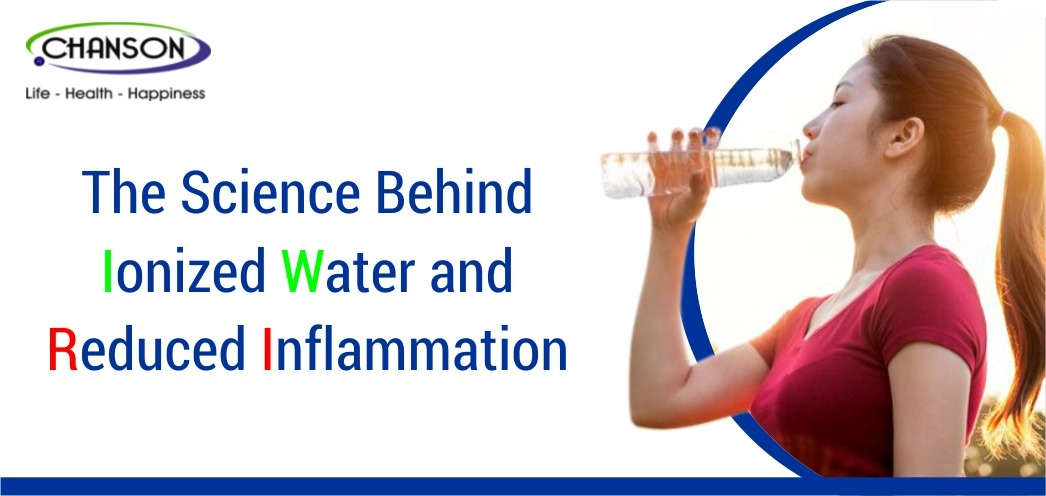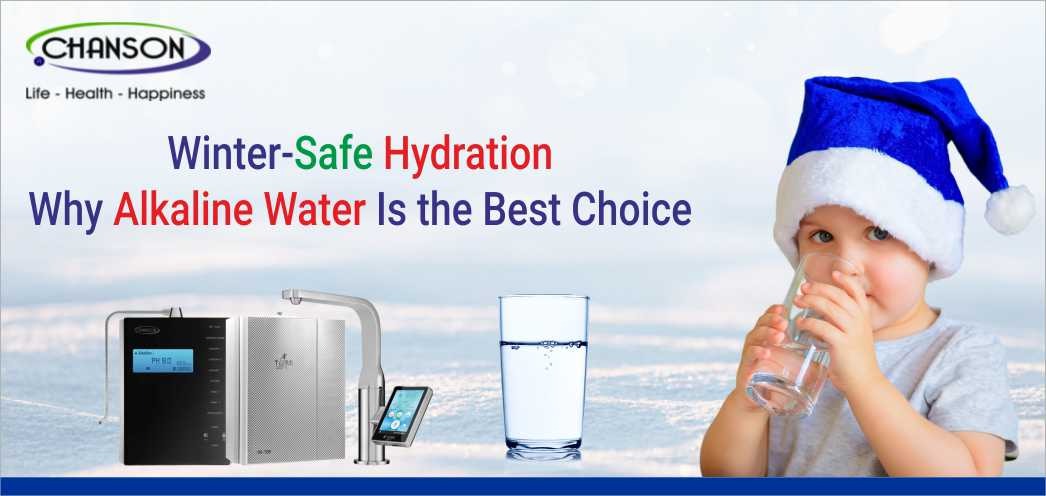Ideal TDS for Drinking Water: Health & Taste Guide
Understanding the quality of the water we drink is essential for maintaining good health. One key factor in water quality is TDS or Total Dissolved Solids. TDS refers to the combined content of all inorganic and organic substances contained in a liquid. This blog post aims to provide an in-depth look at the Ideal TDS for Drinking Water and how to maintain the ideal TDS levels for both health and taste.
Excerpt - Understanding the quality of drinking water is essential. Total Dissolved Solids (TDS) measure all inorganic and organic substances in water, affecting taste and health. The ideal TDS range is 50-150 ppm, ensuring balanced minerals and flavor. Regular testing helps maintain water quality and informs treatment decisions.
What is TDS?
TDS stands for Total Dissolved Solids, a measure of the dissolved combined content of all inorganic and organic substances present in water. These substances can include minerals, salts, and organic matter. TDS is usually measured in parts per million (ppm) and can be determined using a TDS meter or by analyzing water samples in a lab.
The components contributing to TDS can vary widely, including:
- Minerals: Calcium, magnesium, potassium, and sodium.
- Salts: Bicarbonates, chlorides, and sulfates.
- Organic Matter: Decomposing leaves, plant material, and industrial pollutants.
Importance of TDS in Drinking Water
The TDS level in drinking water can significantly impact both health and taste. High TDS levels can result in water that tastes salty, bitter, or metallic and can lead to health issues if certain harmful contaminants are present. Conversely, very low TDS levels can result in water that tastes flat and may lack essential minerals.
TDS also plays a crucial role in water purification and treatment processes. Understanding the TDS level of your water can help you determine the best treatment method, ensuring safe and pleasant drinking water.
Ideal TDS Range for Drinking Water
Health authorities like the World Health Organization (WHO) and the Environmental Protection Agency (EPA) recommend maintaining a TDS level in drinking water within the range of 50-150 ppm. Water in this range is generally considered to have the best taste and the right balance of essential minerals. However, the ideal TDS range can be influenced by factors such as geographic location and personal preference. Some regions naturally have higher or lower TDS levels due to the local water sources.
Benefits of Maintaining Ideal TDS Levels
- Improved Taste and Quality: Water with the right TDS levels has a more pleasant taste and better overall quality.
- Health Benefits: Proper TDS levels ensure that the water contains essential minerals, contributing to better hydration and overall health.
- Avoiding Risks: Balanced TDS levels help avoid the potential health risks associated with too high or too low TDS, such as kidney stones or lack of essential nutrients
How to Measure and Adjust TDS Levels
Measuring and adjusting TDS levels in your drinking water can be done with relative ease:
- Measurement Tools: Use a TDS meter to measure the TDS levels at home. These devices are affordable and provide quick results.
- Reducing High TDS: Techniques like Reverse Osmosis (RO) systems and water softeners are effective in reducing high TDS levels.
- Increasing Low TDS: To increase low TDS levels, you can add mineral cartridges to your water system, which help reintroduce essential minerals.
Common Misconceptions About TDS
- TDS and Water Hardness: TDS is often confused with water hardness, but they are not the same. Water hardness refers specifically to the concentration of calcium and magnesium, while TDS includes all dissolved substances
- High TDS Equals Contaminated Water: Not all high TDS levels indicate contamination. Some minerals that contribute to high TDS are beneficial to health
Case Studies and Real-Life Examples
Different regions have varying TDS levels due to their natural water sources. For example, areas with a lot of limestone may have higher TDS due to the presence of calcium. Understanding these variations can help local populations manage their water quality better and ensure safe drinking water.
Maintaining ideal TDS levels in drinking water is crucial for both health and taste. Regularly testing and monitoring your water's TDS levels can help you make informed decisions about water treatment and ensure that your drinking water is of the highest quality.
Additional Resources
- World Health Organization (WHO) Guidelines on Water Quality
- Environmental Protection Agency (EPA) Water Quality Standards
- Recommended water testing kits and purification systems are available from various online and local retailers
- For more information, contact water quality experts and services in your area
Experience the Benefits of Pure, Healthy Water with a Chanson Water Ionizer! Transform your tap water into alkaline, ionized water for better hydration and wellness. Shop now and elevate your water quality today!
Note - Add a Button with the text “Our Water Ionizers” and add a link to this button (https://chansonqualitywater.com/water-ionizer)
Latest Blog
-
03 Jun 2025
The Benefits of Alkaline Ionized Water During Pregnancy -
03 Jun 2025
Dr Softener, the Best Water Softener -
27 Apr 2025
Alkaline water ionizer Your Insurance to Good Health and Longer Life -
19 Feb 2025
Prevent Bone Aches in Cold Weather with Alkaline Water: Essential Tips -
03 Feb 2025
Looking for Winter Wellness? Discover How Alkaline Water Strengthens Your Bones -
03 Feb 2025
The Science Behind Ionized Water and Reduced Inflammation -
22 Dec 2024
Winter-Safe Hydration: Why Alkaline Water Is the Best Choice

All Rights Reserved. © 2025 Centrepoint Lifestyle Products Pvt Ltd.









